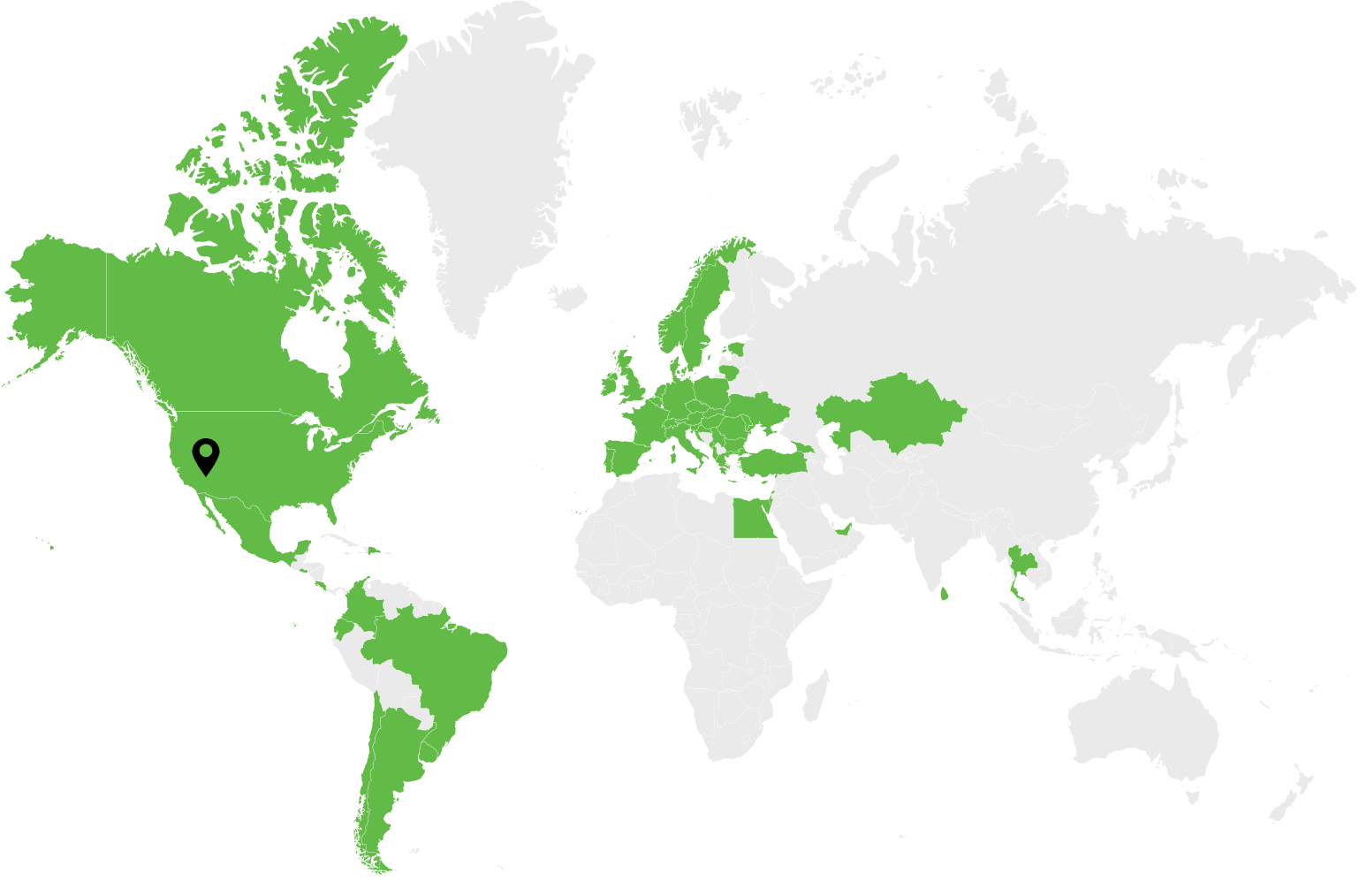When new technologies and practices unify in a single field, it can result in a paradigm shift. Today, edge computing and DevOps are transforming the field of robotics with real-time automation and updates.
While robotics has long played a role in manufacturing, new advances in edge computing and DevOps are pushing the technology into smarter, more responsive territory, while also helping it expand into other arenas like agriculture and food service.
The Value of Edge Computing for Robotics
Edge computing processes data close to its physical source, or at the “edge” of a network, instead of sending it to a centralized location. This data is collected and shared from factories, fields, or restaurants via Internet of Things (IoT) devices, such as sensors and mobile tools.
In factories, edge computing can instantly process imaging data to respond to environmental changes, including the location of human workers and other robots. In turn, robots can react immediately to local stimuli and ensure low-latency responses.
DevOps & Modern Robotics
While edge computing is helping advance robotics on the tech side, DevOps is pushing the space forward with cutting-edge practices. DevOps fuses software development teams with operations teams to ensure that industrial automation remains effective, efficient, and updated.
DevOps enables real-time software updates and seamless technology deployment in robotics, so new developments can be implemented without pause. By incorporating failover mechanisms and redundancies for fault tolerance, industrial robotics systems maintain operations during system failures.
Practical Use Cases of Robotics in Key Industries
Robotics powered by edge computing and DevOps is transforming operations across a wide range of industries, enabling smarter, faster, and more resilient systems.
Manufacturing
Robotics has long been a part of the manufacturing industry. The most recent World Robotics report recorded nearly 4.3 million robots operating in factories worldwide. Autodesk reports that manufacturing robots perform “dull, dangerous, and dirty work,” so human workers are free to focus on more valuable tasks.
Edge Computing and DevOps in Manufacturing Robotics
Edge computing and DevOps help robots make real-time decisions across factories and assembly lines with continuous software delivery, localized data processing, and rapid system responsiveness.
- Edge computing: A strong use case for edge computing in manufacturing robotics is found in the automotive industry, where robotic arms make split-second welding adjustments on vehicles to increase throughput and reduce error rates.
- DevOps: A good example of DevOps in manufacturing would be an IT team pushing software updates to assembly-line robots in real-time to avoid halting production. This leads to reduced time-to-market and increased profit.
Agriculture
Farmers are looking to robotics to help solve some of their most pressing issues. Agricultural robots help produce more food per acre to feed an ever-growing world population. Automated technologies are also freeing farmers from tedious tasks like milking cows or driving tractors, fueling growth in an autonomous farming sector set to surpass $95 billion by 2027.
Edge Computing and DevOps in Agricultural Robotics
Agricultural producers rely on edge computing and DevOps to collect and analyze data close to its source, delivering valuable insights without the need to route everything through a distant data center.
- Edge computing: Farmers utilize IoT devices for instantaneous sensor-based measurements and visual information that increase agricultural efficiency. In turn, edge computing allows robots to alter irrigation and fertilization strategies with virtually zero lag.
- DevOps: A great use case for DevOps in agricultural robotics involves preemptive equipment repairs initiated by sensor warnings. Since a breakdown in the field can be dangerous and costly, DevOps helps crop producers stay ahead of the game.
Restaurants
In an industry defined by manual labor and high employee turnover, robots are starting to make a noticeable impact in restaurants. Restaurant consulting firm Aaron Allen & Associates suggests that 82% of restaurant roles can be performed by robots, with 31% involving food preparation and 51% related to serving tasks.
Edge Computing and DevOps in Restaurant Robotics
Restaurants use edge computing and DevOps to optimize automation on-site, enabling faster service, lower costs, and better customer experiences.
- Edge computing: The world-famous restaurant chain McDonald’s leverages edge computing for preventative maintenance on its equipment. Their IT team places sensors on key technologies like McFlurry machines that give different operators a real-time, live view of their facilities.
- DevOps: DevOps teams synchronize robotic couriers, remote-ordering apps, and other automated technologies that boomed during the pandemic. Now, DevOps maintains these same services to provide customers with critical omnichannel experiences.
Conclusion
When complementary technologies and methodologies converge, they often spark transformative change. Today, edge computing and DevOps are reshaping robotics and helping to accelerate its potential.
Just as cloud computing revolutionized industries by reducing the need for on-site infrastructure, edge computing is now enabling businesses to make real-time decisions by processing data closer to where it is generated. For their part, DevOps teams take this localized data and turn it into actionable insights, helping systems run at peak performance.
As robotics continues to evolve, it will be interesting to see how human ingenuity and technology continue to reshape key industries.
Build Real-Time Robotic Systems with Confidence
Ready to take advantage of the latest developments in robotics technology?
Dev.Pro combines deep expertise in edge computing, DevOps, and automation to help you bring robotics to life. Whether you’re scaling quickly or navigating complex systems, our flexible outsourcing and outstaffing models adapt to your needs. Schedule a call today!

